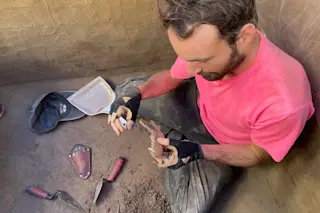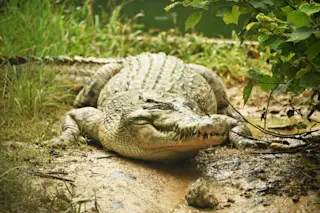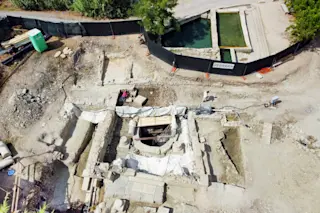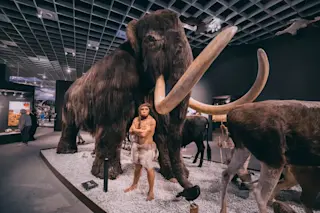(Credit: Pakawat Suwannaket/Shutterstock) During the last centuries of China’s Shang dynasty, which lasted from 1600 B.C. to 1050 B.C., ritual sacrifice was a well-oiled cultural phenomenon, rich and varied in its manifestations. Rulers and elites sacrificed animals and humans to appease spirits or the ancestors. Just as humans met their ends, dogs were often right beside them. Now a study in Archaeological Research in Asia, published in March, shows that people from the Shang dynasty relied heavily on sacrificial puppies to accompany them in death. “Although superficially it seems like a horrific thing to kill a puppy and put it into a tomb, it’s actually a window into the complex world of Shang human-animal relations,” says Roderick Campbell, an archaeologist at New York University and one of the co-authors of the study. Researchers have long known that people in the Shang dynasty sacrificed and buried canines alongside the elite. The ...
Understanding the Sacrificial Puppies Found in Shang Dynasty Graves
Uncover the mysteries of Shang dynasty ritual sacrifice involving puppies and human-animal relations in ancient burial practices.

Newsletter
Sign up for our email newsletter for the latest science news

Joshua Rapp Learn
Joshua Rapp Learn is an award-winning D.C.-based science journalist who frequently writes for Discover Magazine, covering topics about archaeology, wildlife, paleontology, space and other topics.View Full Profile
More on Discover
Stay Curious
SubscribeTo The Magazine
Save up to 40% off the cover price when you subscribe to Discover magazine.
Subscribe












